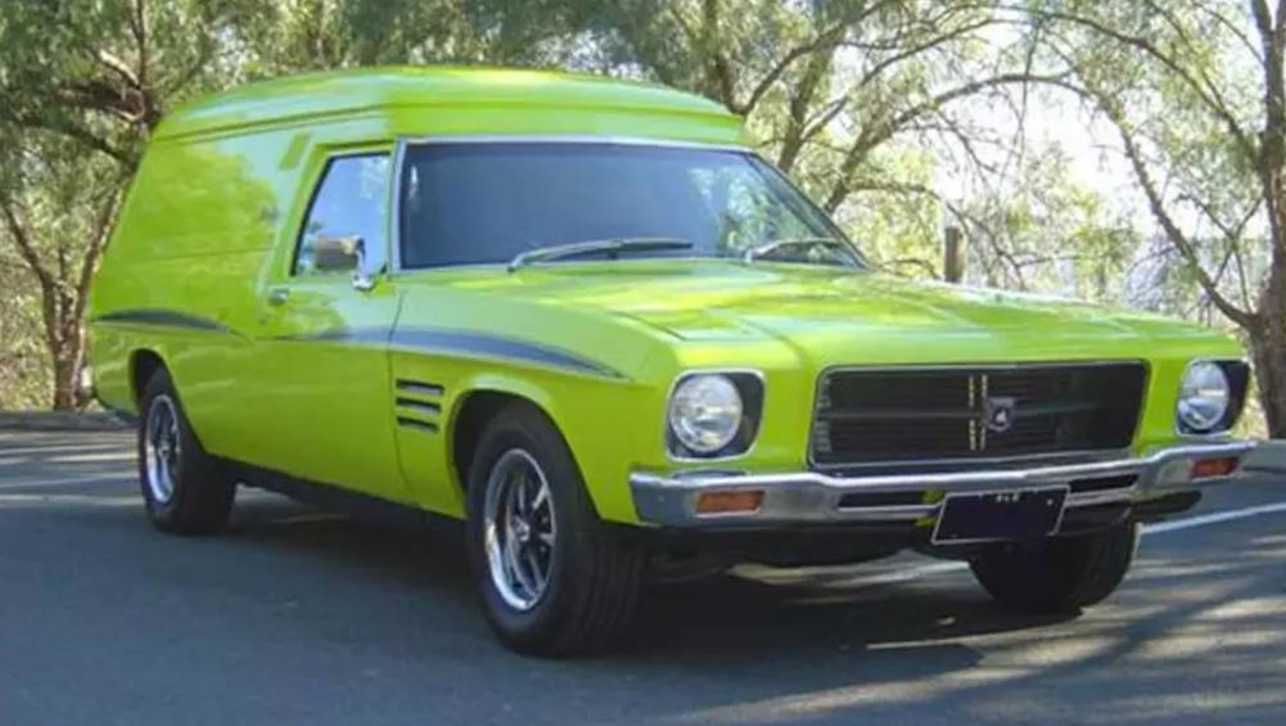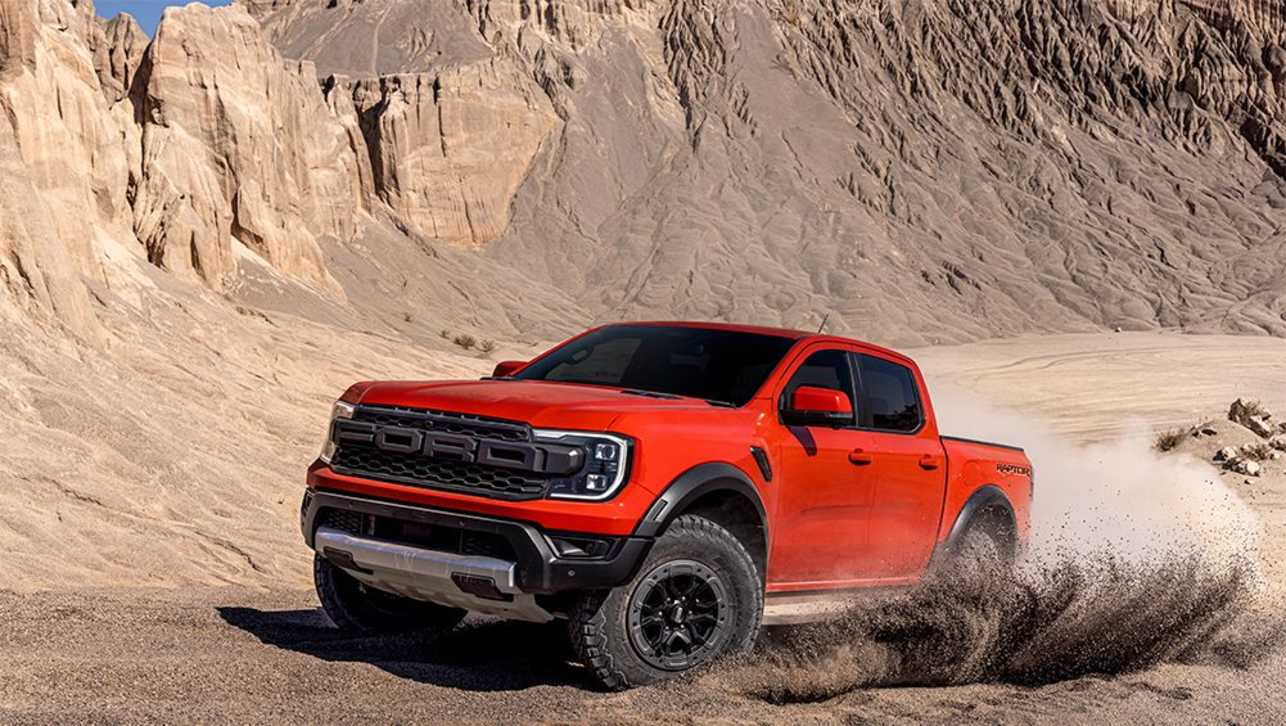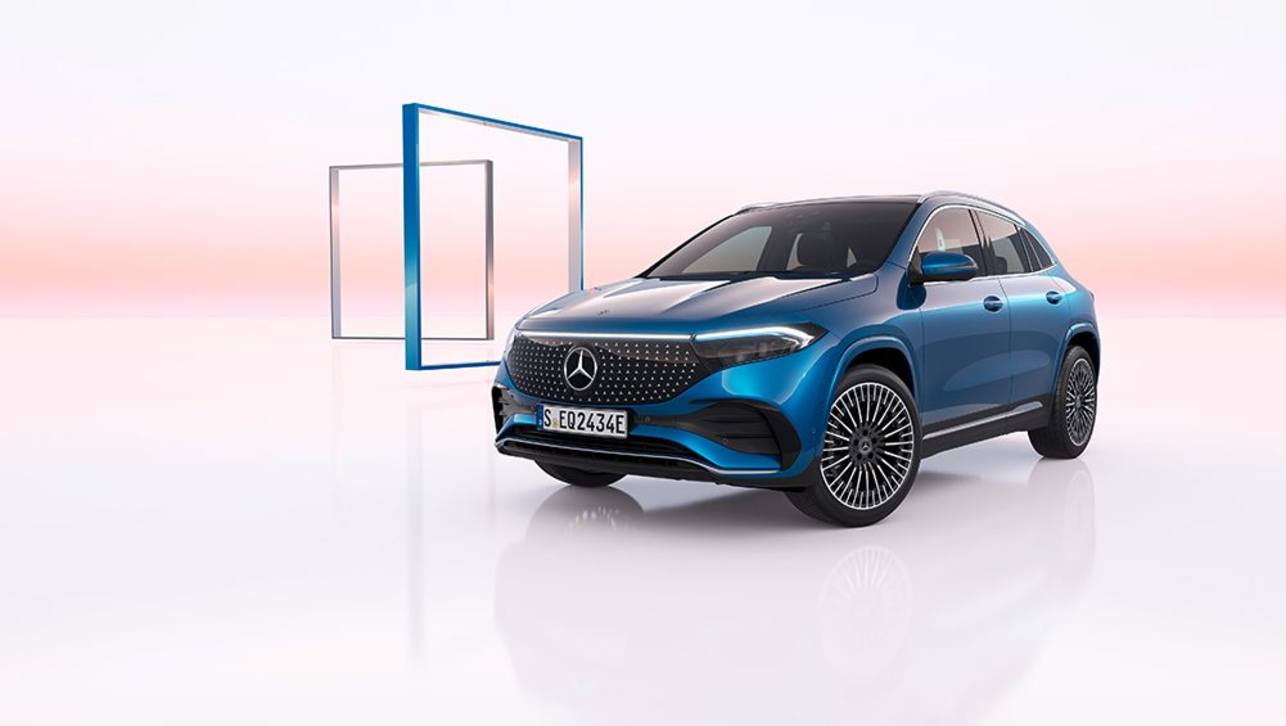...and sat between the entry level Belmont and the top spec Premier. An icon and showpiece of the 1970’s, it spanned two generations to 1984 and was the most popular car of its time in Australia.
For baby boomers, the Kingswood offered the chance for many to realise their great Australian dream, with luxury and mobility at a realistic price.
First generation (1968-1971)
The first Kingswood was released as part of the HK series and was lighter and heavier than its predecessor. The same six cylinder engine was used, but Holden introduced a V8 with the HK – the 307 Chevrolet small-block. The Monaro was introduced soon after, and was effectively the two door version of the Kingswood.
Holden started making its own V8 for the HT in 1969, but that was the only big change until the introduction of the Tri-Matic automatic transmission with the HG in 1970.
Second generation (1971-1984)
A completely new design came with the HQ. It looked a lot different from the HG and was the first large Holden to feature coil-spring rear suspension.
The HQ was only made in right hand drive so left hand drive markets never saw it; but it remains Holden’s biggest selling model even today at 485,650 units. However, motoring journalists panned its poor ride and handling – a feature added on the insistence of then Managing Director George Roberts, who said it should drive like a Cadillac.
Special edition Kingswoods were produced during this time called ‘Vacationers’, and proved so successful that they were seen in various Holden ranges over the next twenty years.
In 1974 the Sandman panel van was introduced. It took on some design elements and the sporty features of the Monaro. It was very popular and gained a reputation for being a love-mobile, attracting nicknames like Shaggin’ Wagon and Sin Bin.
Apart from a few minor design and engine changes, there were no major upgrades for the HJ. Interestingly though, in 1975 some of the Premier bodies were made at Mazda in Japan, and were fitted with rotary engines. Unfortunately the engines were severely underpowered and the project was dropped in 1977.
Government emissions controls saw the 2.85 straight six engine removed from the HX series in 1977, and it resulted in a big drop in performance across the range. There were only minor exterior changes for the HX. The Sandman vans got a tailgate logo and stripes down the sides, and the Kingswood got bucket seats as standard.
In 1977, the poor ‘Cadillac’ handling was fixed with Holden’s new Radial Tuned Suspension (RTS), introduced along with minor exterior changes in the HZ. The base model Belmont was lost to another Kingswood variant and equipment levels were enhanced to match those of the Ford Falcon range.
1978 saw the introduction of the first ever Commodore and consequently, the fall of the Kingswood reign in 1980. The last Sandman panel van was produced in October 1979 as it had lost its place in contemporary Australian youth culture.
Although the true Kingswood was dead, the name lived on in the WB series as a ute; but the flame finally flickered out in 1984 when Holden stopped producing large luxury cars, focussing entirely on their medium vehicle range.



.jpg)

.jpg)
.jpg)


.jpg)
.jpg)
.jpg)


.jpg)
.jpg)

.jpg)












Comments